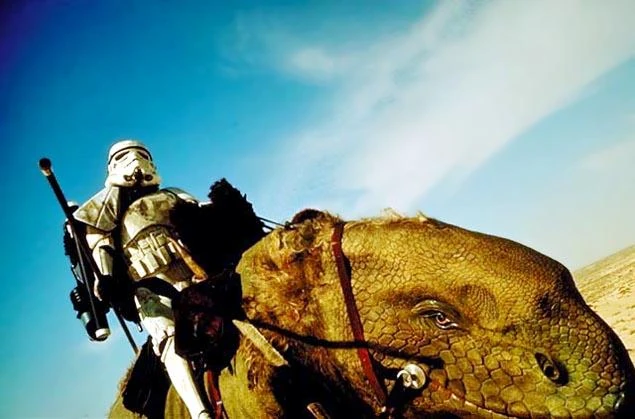
At the onset of the French and Indian War, the vast majority of “French” troops in North America were in fact, Canadian militia. First raised as early as the mid-1600s, Canadian militias (or “Milices Canadiennes”) compromised some 15,000 troops by the early 1750s. By the time the Seven Years War arrived in the North American French colonies of Canada, the militia was divided into three main government sections of Montréal, Québec and Trois-Rivières. Despite the local makeup of conscripted Canadian men, each militia was commanded by Compagnies Franches de la Marine officers pulled from traditional European training and tradition.

I have a bunch of Canadian militia already in my collection of 28mm FIW figures, but I’m always on the lookout to add diversity. With my latest from Black Hussar Miniatures I’ve found a great assortment of personality and poses which present the irregular nature of Canadian irregular troops of the period.

While some argue that uniform colors conformed to specific regions, most research shows the Canadian militia uniforms were a true mix of equipment and uniforms. Clad in a mix of jackets, frocks and leather leggings borrowed from the style of trappers and local natives, these figures create a great variety in modelling the period in color and texture.

Black Hussar sculpts scale toward the middle of manufacturers in 28mm, but as a unit, they hold together nicely. With a variety of animated poses firing, advancing, at the ready and in command, the molds all a unique quality which differs largely from the more regular casts of other makers.

Mixed with the militia fighting men, I particularly appreciate the contrasting formality of the French officers clad in their pressed European uniforms with one leaning casually on a walking stick. I made swift work of all these figures in the typical mix of blues, whites, red and picked out details, but upon consideration of the photos here I realize one more pass on cleaning up details would be of benefit. Even so, the irregular painting of these irregular militia was a treat and welcome addition to my tabletop forces of the period.














/pic4059124.jpg)





/pic4699676.jpg)











/pic4762227.jpg)
















